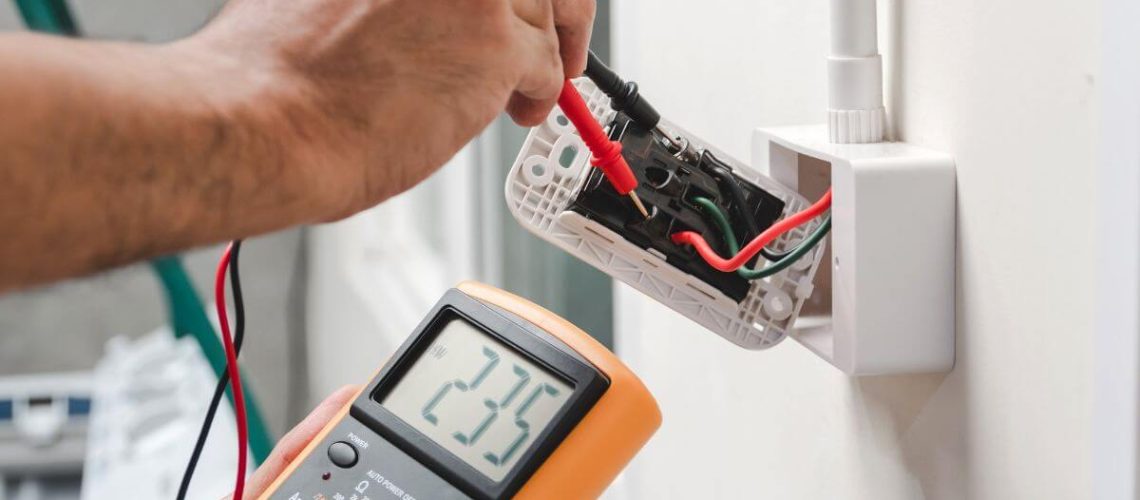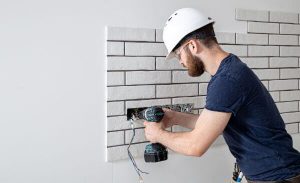When grappling with electrical malfunctions in your abode, it can feel like navigating a labyrinth of technical jargon. Fear not, this guide will arm you with the know-how to diagnose and solve common electrical woes with ease.
The Beginner’s Guide to Troubleshooting Electrical Issues
Before we delve into the nitty-gritty, let’s start with the basics. Don’t jump the gun and dial up a pro – many electrical snafus can be conquered with some savvy and a pinch of elbow grease.
Understanding Your Electrical Problem
The first step to troubleshooting is comprehending the issue at hand. Jot down when it occurs, what’s transpiring, and any particular triggers. This information will help you zero in on the root cause and formulate a game plan.
Stay Safe While Troubleshooting Electrical Problems
Safety should be your North Star when handling electricity. Prior to starting any troubleshooting, ensure that power to the affected area has been shut off by turning off the circuit breaker or unplugging the device.
Simple Solutions for Common Electrical Problems
Sometimes, electrical glitches can be the result of a simple, easily remedied problem. Before embarking on complex repairs, investigate whether the issue could stem from a blown fuse, tripped circuit breaker, or loose connection.
Understand Your Devices to Solve Electrical Problems with Ease
When tackling electrically-powered devices, it’s crucial to understand their inner workings. Familiarize yourself with the manual, and heed any red flags such as flickering lights, buzzing sounds, or a spike in energy bills.
 Dealing with Wiring Issues: What You Need to Know
Dealing with Wiring Issues: What You Need to Know
Wiring problems can be a bit more intricate, but with a smidgen of knowledge, you can diagnose with aplomb. Check for signs of wear and tear, like frayed wires, loose connections, and outdated wiring. If you suspect a wiring issue, it’s best to err on the side of caution and call in a professional.
Electrical Problems Solved: Happy Troubleshooting!
Tackling electrical problems in your home can seem like a tall order, but with a bit of know-how and a focus on safety, you can confidently diagnose and solve many common issues. Remember to always shut off the power before troubleshooting, and never hesitate to enlist the help of a professional for complex or potentially hazardous problems. Happy troubleshooting!


 Dealing with Wiring Issues: What You Need to Know
Dealing with Wiring Issues: What You Need to Know